Balboa Park: The Great Panama-California Exposition
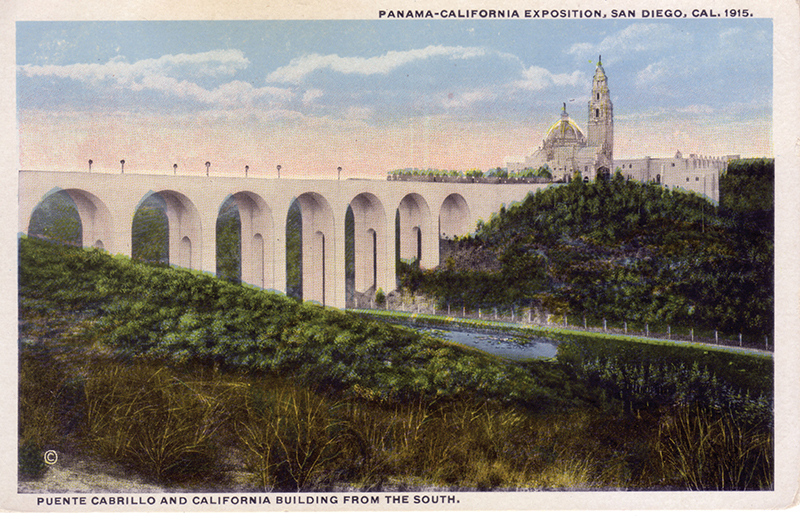
The Great Panama-California Exposition
As all of us who live here know, San Diego is blessed with many extraordinary resources, both natural and man-made. Among these is Balboa Park, which is fast approaching a momentous anniversary. Though its history dates back to 1868, the park as we know it really began to take shape in preparation for the great Panama-California Exposition of 1915, the centennial of which Ranch & Coast will be celebrating in the months to come.
Taking its inspiration from the Spanish tradition, the intimate beauty of The Prado stands in stark contrast to the neoclassical grandness so typical of similar venues in the East and Midwest. Still, like the National Mall in Washington, Balboa Park is home to one of the most unique and varied assemblies of museums and theaters anywhere in the world.
G. Aubrey Davidson provided the initial vision for the exposition when, in 1909, he proposed San Diego produce a huge event to mark the opening of the Panama Canal, scheduled to be completed in 1915. San Diego would be the first U.S. port of call north of the canal and business and civic leaders greeted the idea with tremendous enthusiasm. At the time, Davidson was president of the local Chamber of Commerce, and make no mistake about it, the 1915 exposition was a commercial venture, designed to attract people to the growing city. The exposition committee, which included many of San Diego’s best-known figures, chose “Colonel” D. C. Collier to direct the fair — colonel being an honorary title Collier earned for his efforts on behalf of the city and its people.

The following year, John D. Spreckels gave the project a much-needed boost when he pledged $100,000 to the exposition, an extraordinary sum at the time. Spreckels’ contribution was quickly followed by others and reached more than $1 million in only a few months — keep in mind that at the time, the total population of the city was only some 35,000.
Groundbreaking for the exposition took place in 1911, followed by three days of entertainment that included floats, pageants, and parades. The organizers envisioned a grand entryway, and it was this that gave rise to the park’s iconic Cabrillo Bridge. Dedicated April 12, 1914, the great structure was completed in plenty of time for the opening of the exposition, which was scheduled for midnight, December 31, of the same year.

Designed by Thomas B. Hunter and engineered by Frank P. Allen, Jr., the fair’s director of works, Cabrillo Bridge remains an engineering marvel. Composed of 270,000 cubic feet of concrete, it is nevertheless hollow, and the first multiple arched cantilever ever built in California. Costing in excess of $200,000, it was dedicated by then Assistant Secretary of the Navy, Franklin D. Roosevelt, who was in the first car to cross the bridge. Twenty-one years later, Roosevelt would return to the bridge and Balboa Park for the 1935 Exposition, this time as President of the United States. DARLENE G. DAVIES
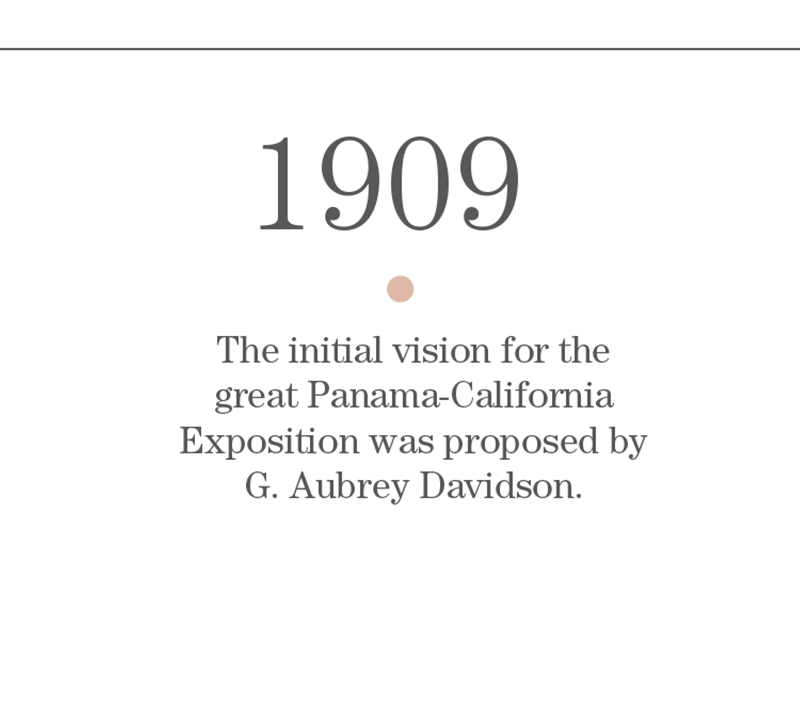
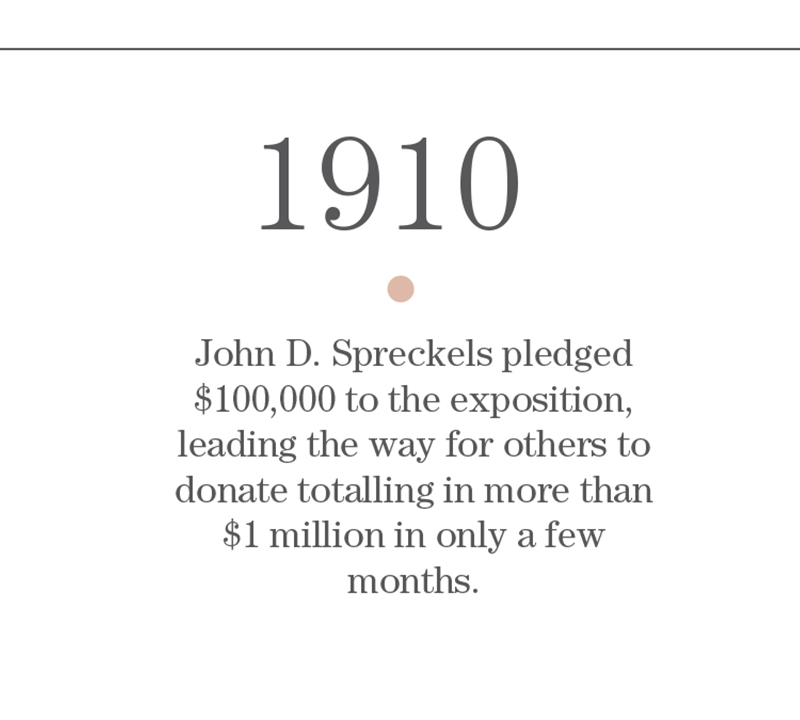
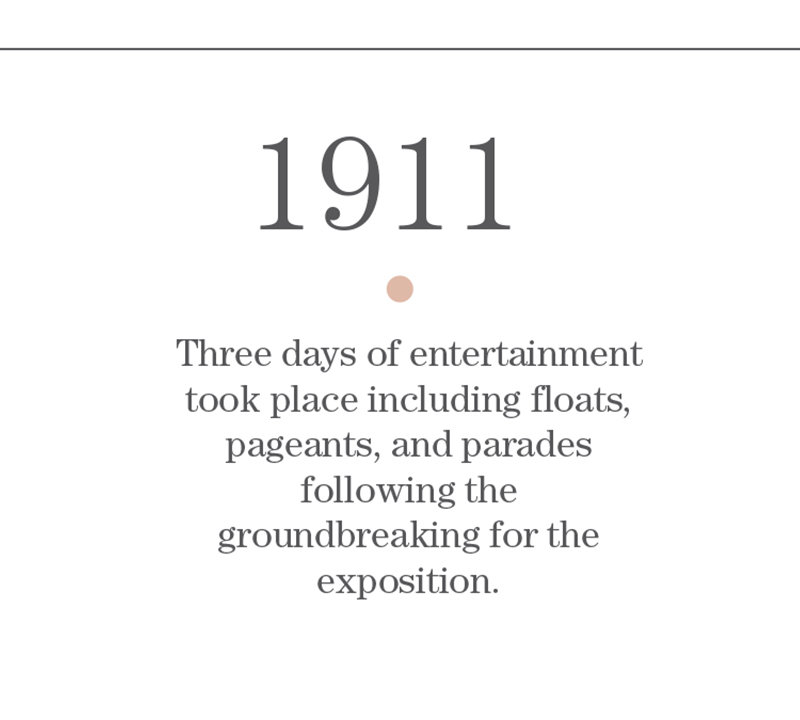
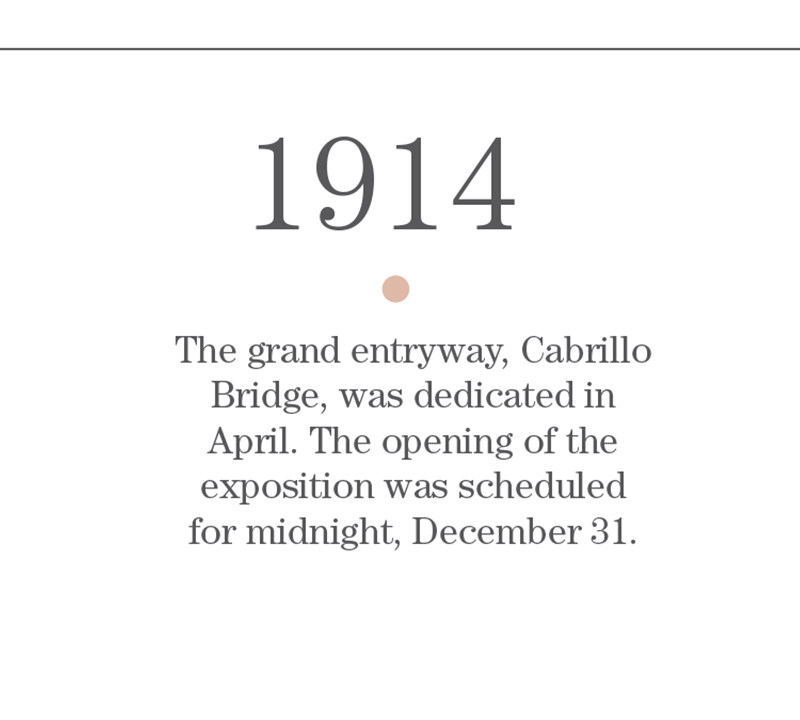
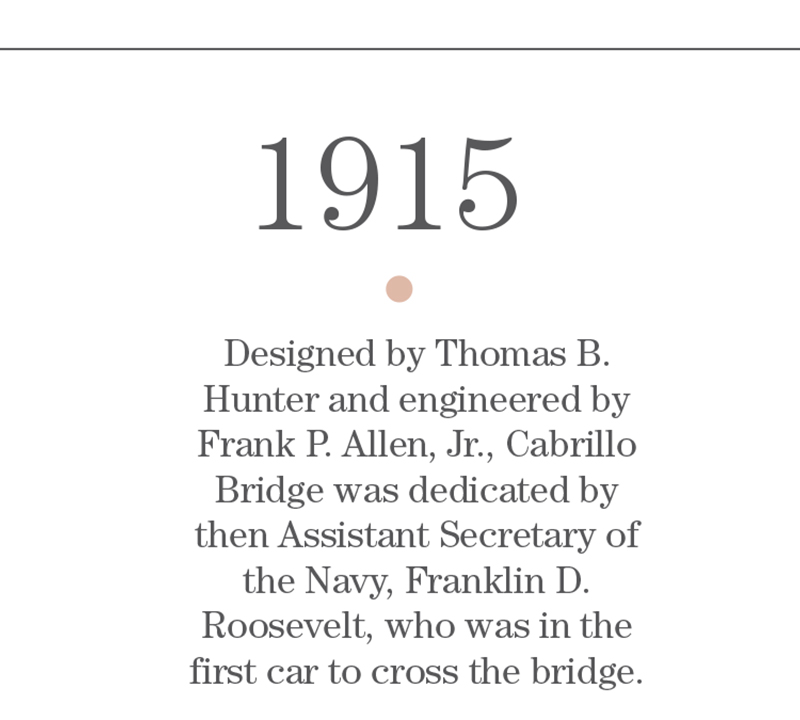
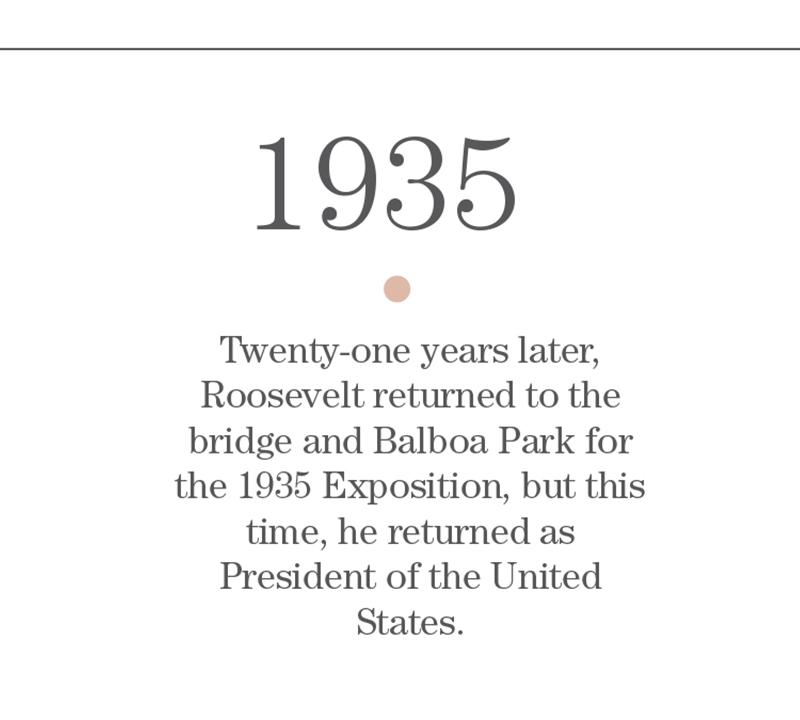
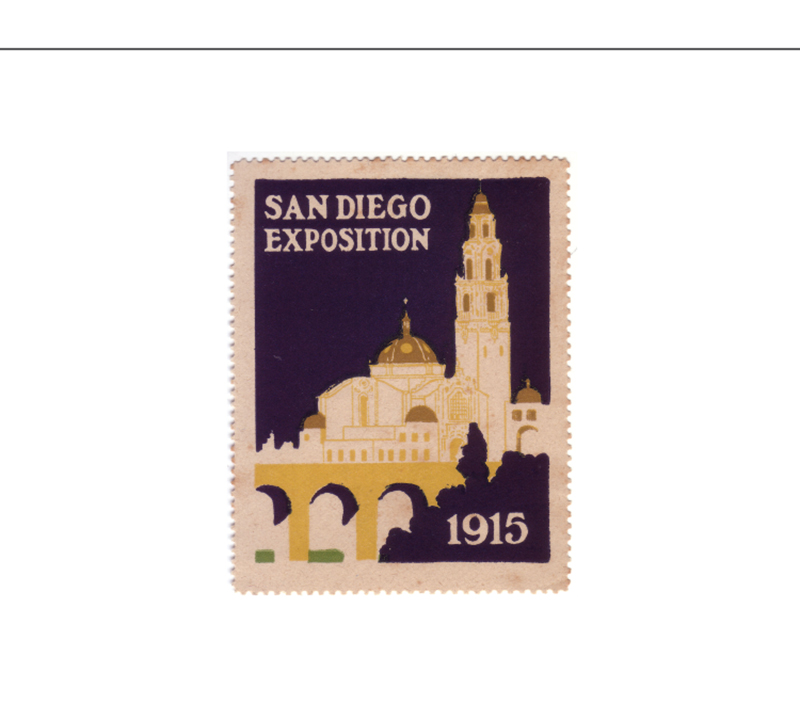
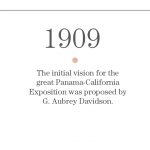
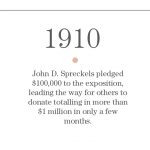
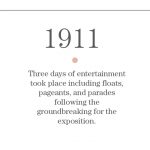
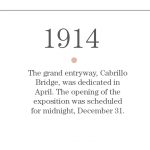
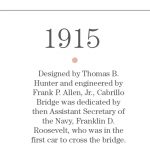
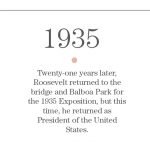
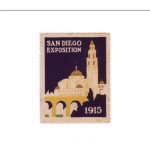
Directory
1915 Panama-California Exposition
Spreckels Outdoor Organ Pavilion
Gardens of the Panama-California Exposition
Legacy of the Foreign Arts Building
Panama-California Sculpture Court
Commerce and Industries Building
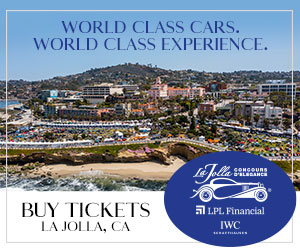
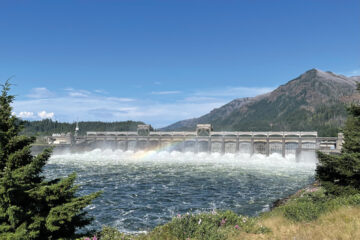
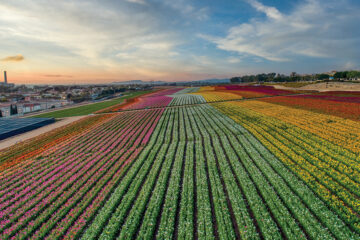
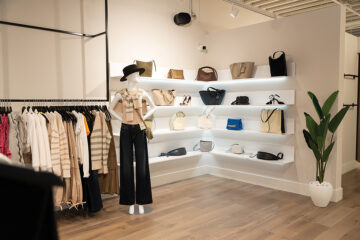
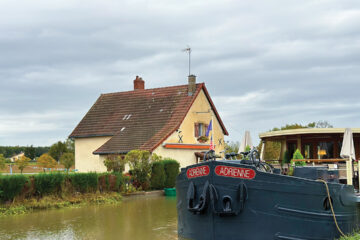
Comments